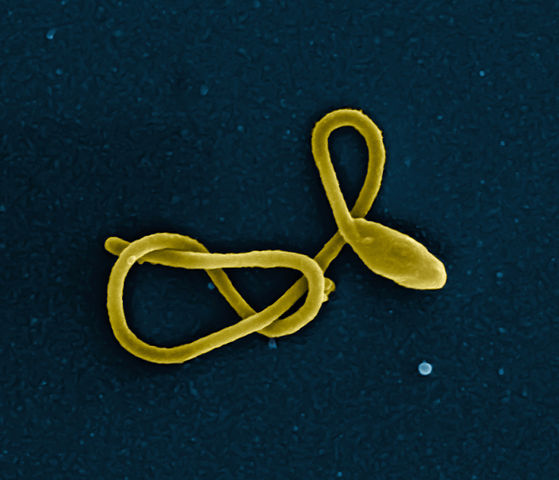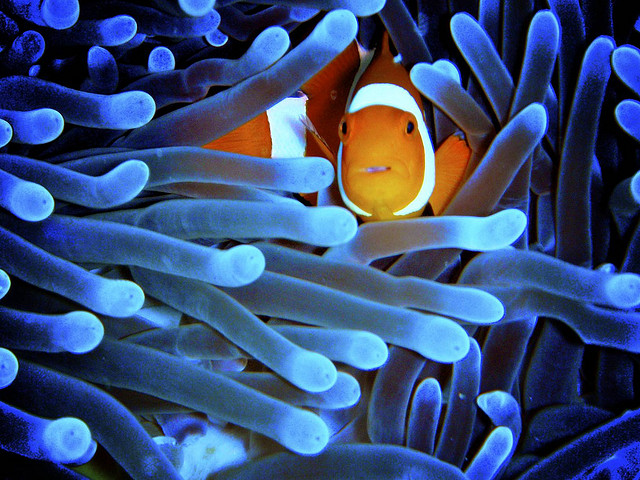Mooooore reading. And note taking. Mustard and I are learning that scientists have to read A LOT about their research project before they start.
Today we are learning about viruses! Viruses are microscopic (really really tiny!), super fascinating things that infect living cells and can cause huge changes in their host. There is still a debate amongst scientists whether viruses should be classified as 'alive' or not, because they can't reproduce outside of the living cell they have infected. They can, however, pass on their genetic information (like their DNA, or another type of genetic information called RNA) to future generations, and they evolve through natural selection.
You probably had a virus inside of you last time you had a cold - there are several viruses that infect humans and give us all those annoying symptoms like a runny nose and a sore throat.
Today we are learning about viruses! Viruses are microscopic (really really tiny!), super fascinating things that infect living cells and can cause huge changes in their host. There is still a debate amongst scientists whether viruses should be classified as 'alive' or not, because they can't reproduce outside of the living cell they have infected. They can, however, pass on their genetic information (like their DNA, or another type of genetic information called RNA) to future generations, and they evolve through natural selection.
You probably had a virus inside of you last time you had a cold - there are several viruses that infect humans and give us all those annoying symptoms like a runny nose and a sore throat.
Isn't your Ph.D. about wasps, not viruses? (I hear you ask)
We are reading about viruses because the wasps we are studying (see our last blog post for a cool video of the Microgastrine wasps infecting a caterpillar) have a type of virus inside them, called a polydnavirus, that seems to help the wasp lay her eggs inside caterpillars.
The virus doesn't seem to hurt the wasp at all, but they are passed into the caterpillar when a wasp lays her eggs. The virus does harm the caterpillar, by weakening its immune system. The immune system is what destroys cells in your body that don't belong to you and protects you from disease. The polydnavirus therefore protects the wasp egg from being attacked by the caterpillar's immune system.
The wasp and the virus appear to have what is called a mutualistic association. This means that they help each other, without harming each other. The wasp provides a nice comfy home for the virus to live and replicate in, and the virus helps the wasp's eggs survive inside a caterpillar.
Another well known type of mutualistic association is between clownfish and anemone, like in Finding Nemo! The clownfish are protected from predators by the stinging tentacles of the anemone, and in return the clownfish clean the anemone, provide nutrients in the form of waste, and scare away the butterfly fish which like to eat anemone!
We are reading about viruses because the wasps we are studying (see our last blog post for a cool video of the Microgastrine wasps infecting a caterpillar) have a type of virus inside them, called a polydnavirus, that seems to help the wasp lay her eggs inside caterpillars.
The virus doesn't seem to hurt the wasp at all, but they are passed into the caterpillar when a wasp lays her eggs. The virus does harm the caterpillar, by weakening its immune system. The immune system is what destroys cells in your body that don't belong to you and protects you from disease. The polydnavirus therefore protects the wasp egg from being attacked by the caterpillar's immune system.
The wasp and the virus appear to have what is called a mutualistic association. This means that they help each other, without harming each other. The wasp provides a nice comfy home for the virus to live and replicate in, and the virus helps the wasp's eggs survive inside a caterpillar.
Another well known type of mutualistic association is between clownfish and anemone, like in Finding Nemo! The clownfish are protected from predators by the stinging tentacles of the anemone, and in return the clownfish clean the anemone, provide nutrients in the form of waste, and scare away the butterfly fish which like to eat anemone!


 RSS Feed
RSS Feed
